Rising Healthcare Expenditure
The increase in healthcare expenditure across the GCC is a significant driver for the mrsa drugs market. As governments and private sectors invest more in healthcare infrastructure, there is a corresponding rise in the availability of advanced medical treatments, including those for MRSA infections. The healthcare expenditure in the GCC is projected to reach $100 billion by 2026, which will likely enhance access to MRSA drugs. This increase in funding allows for better diagnostic tools and treatment options, ultimately leading to improved patient care and a growing market for MRSA therapies. The expansion of healthcare services is expected to positively impact the mrsa drugs market.
Government Initiatives and Funding
Government initiatives aimed at combating antibiotic-resistant infections are significantly influencing the mrsa drugs market. In the GCC, various health ministries are allocating funds to support research and development of new antibiotics and treatment protocols. For instance, the allocation of $50 million for research grants in 2025 indicates a strong commitment to addressing MRSA challenges. These initiatives not only enhance the development of new drugs but also promote awareness and education about MRSA. As a result, the mrsa drugs market is expected to expand, with increased investment leading to innovative solutions and improved patient outcomes.
Increasing Awareness of MRSA Risks
The rising awareness of MRSA infections among healthcare professionals and the general public is a crucial driver for the mrsa drugs market. Educational campaigns and initiatives by health authorities in the GCC have highlighted the dangers associated with MRSA, leading to increased demand for effective treatment options. As awareness grows, patients are more likely to seek medical attention for symptoms, thereby driving the need for MRSA-specific therapies. This heightened awareness is reflected in the market, with a projected growth rate of approximately 8% annually in the region. Consequently, pharmaceutical companies are focusing on developing innovative drugs to meet this demand, further propelling the mrsa drugs market.
Growing Incidence of Chronic Diseases
The growing incidence of chronic diseases in the GCC is contributing to the rising demand for MRSA drugs. Patients with chronic conditions often have weakened immune systems, making them more susceptible to infections, including MRSA. As the population ages and the prevalence of chronic diseases increases, the need for effective MRSA treatments becomes more pronounced. This trend is likely to drive the mrsa drugs market, as healthcare providers seek to manage infections in vulnerable populations. The market is anticipated to grow by approximately 6% annually, reflecting the increasing need for targeted therapies in this demographic.
Technological Advancements in Drug Development
Technological advancements in drug development are transforming the landscape of the mrsa drugs market. Innovations such as artificial intelligence and machine learning are being utilized to expedite the discovery of new antibiotics and treatment methods. In the GCC, pharmaceutical companies are increasingly adopting these technologies, which can reduce the time and cost associated with bringing new drugs to market. This shift is likely to enhance the availability of effective MRSA treatments, thereby stimulating market growth. The integration of advanced technologies is expected to contribute to a market growth rate of around 7% over the next few years, reflecting the potential of these innovations.


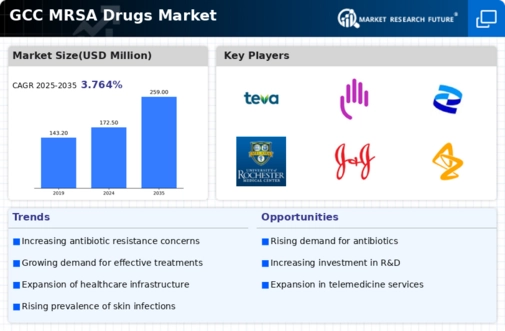
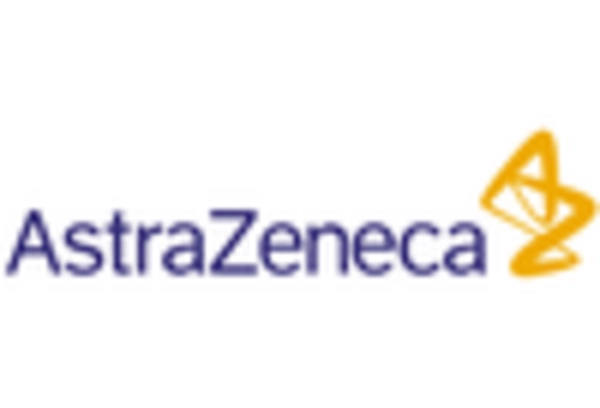
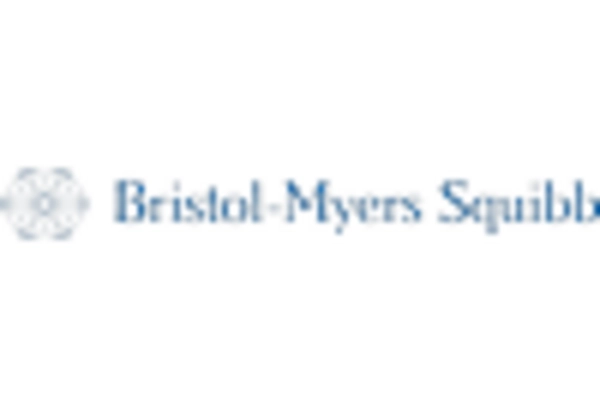
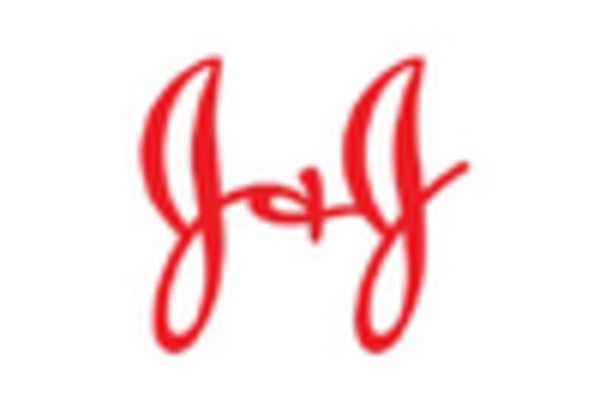
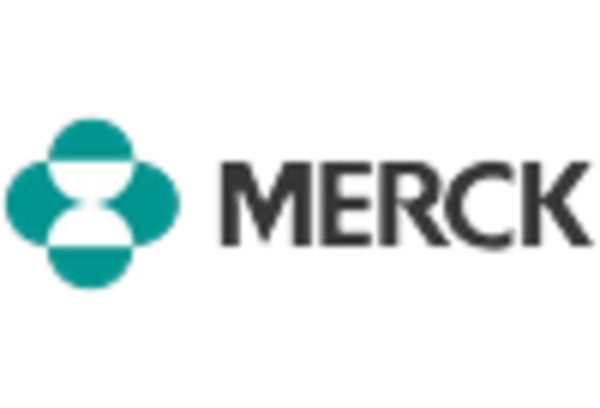
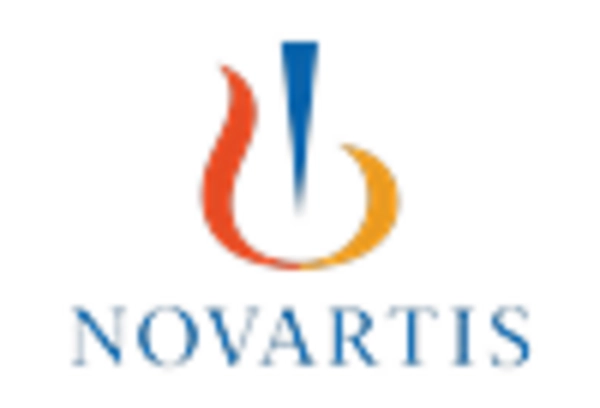
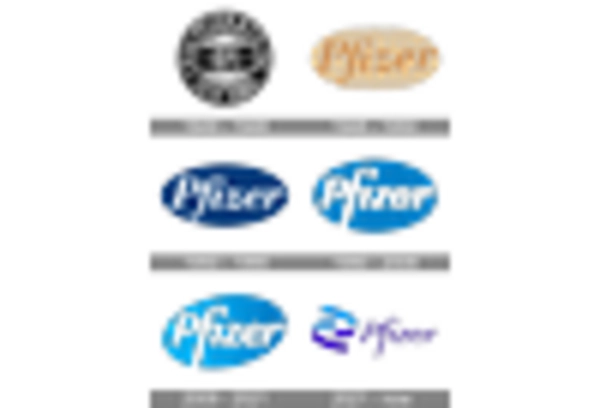








Leave a Comment